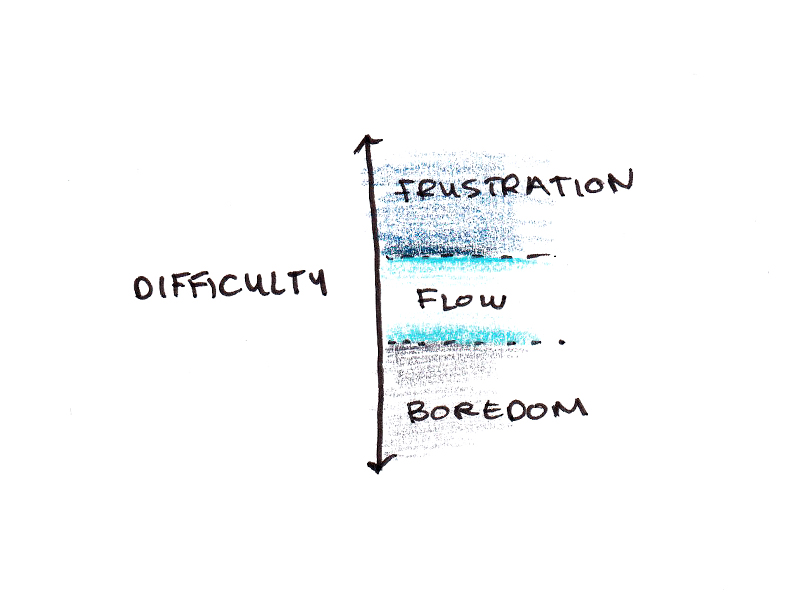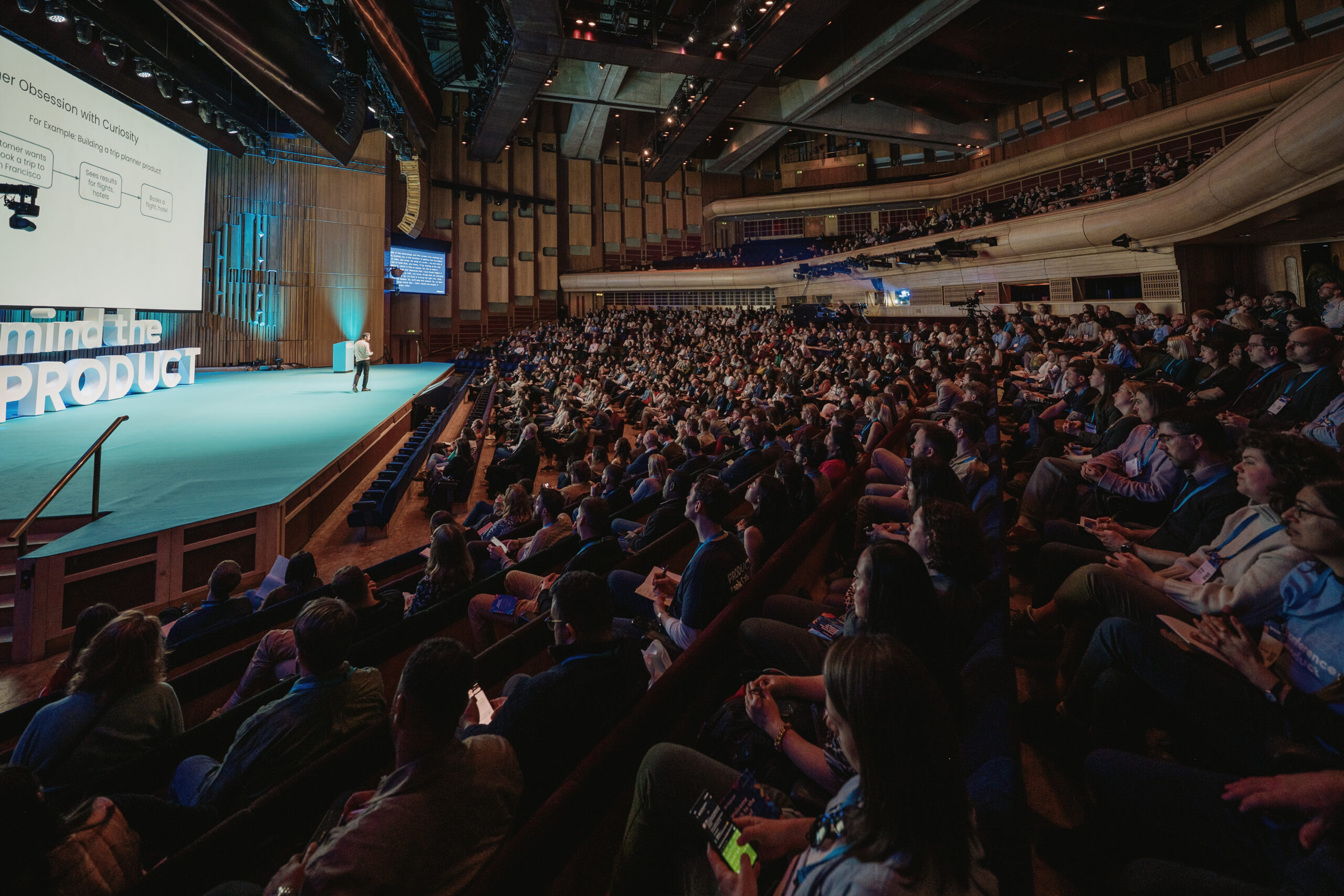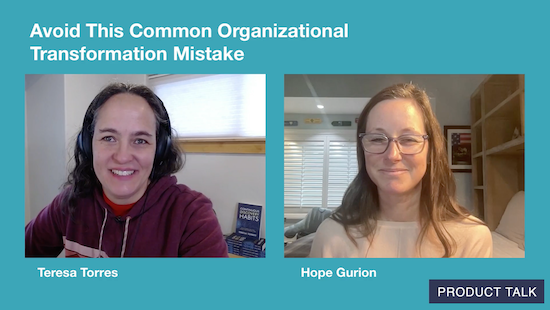Should we prioritize housing or climate? It’s time to stop acting like we have to choose
Last Wednesday, President Donald Trump announced sweeping new tariffs that will increase the cost of building materials from roofing to appliances, making home construction more expensive in the midst of a national housing shortage. These tariffs are yet another crushing blow to housing affordability, while at the same time climate change threatens to make entire areas unlivable. In February, Federal Reserve Chair Jerome Powell testified before the Senate that “if you fast-forward 10 or 15 years, there are going to be regions of the country where you can’t get a mortgage because of climate change.” Climate disasters like the Los Angeles fires and North Carolina’s Hurricane Helene are causing property insurance rates to skyrocket and carriers to leave markets, a finding recently confirmed by the Treasury Department’s Federal Insurance Office. Without property insurance, prospective buyers of single and multifamily housing can’t get mortgages, and existing owners can’t refinance or take out lines of credit for repairs. When insurance markets fail, they fail not just in disaster zones but also across regions and entire states. More climate disasters will mean parts of the U.S. will be livable only to people who can afford to buy or repair their homes with cash. If there’s one thing that’s going to kill the American dream, it’s the climate crisis—and this will extend far beyond the death of homeownership. Housing and climate leaders need to work together In a period when more than half a million Americans are unhoused and “Drill, baby drill” is once again the slogan of the day, it’s time for housing and climate leaders to join forces. But most housing advocates ignore the climate crisis altogether—and I can see why. As an affordable housing developer, I experienced firsthand that exclusionary zoning, permitting delays, and even environmental and community reviews make it nearly impossible to build new ground-up housing and repurpose underutilized buildings for housing. Because it’s already too hard and complicated to build, housing advocates often oppose crucial codes and standards that cut emissions and improve resiliency, even those that pay for themselves by preventing storm damage and lowering energy costs. However, if housing leaders continue to ignore climate change and the emissions generated from housing, the future looks bleak: more Americans will go unhoused as insurance and mortgage markets fail and climate disasters grow in frequency and intensity. Already, rising insurance rates are hitting consumer pocketbooks nationwide—with premiums increasing 61% in the past five years—slowing single and multifamily construction, alongside an unprecedented housing affordability crisis. Aligning the housing and climate movement requires streamlining regulations to make it easier to both build new housing and repurpose existing buildings. New and retrofitted housing must also be resilient, insurable, and low emissions. At the same time, climate leaders need to make housing affordability central to their work. Taking action at the state and local level With a president who appears hell-bent on making housing less affordable and spinning climate disasters out of control, it’s time to move action to our communities and states. Governments from Texas to Montana to Connecticut are already speeding up permitting and eliminating decades-old exclusionary zoning rules that make it too hard and expensive to build new housing, especially housing that lower- and middle-income people can afford. These pro-housing reforms can also be critical to the climate fight because denser neighborhoods and right-size housing release fewer emissions, are more walkable, and reuse existing infrastructure. By slowing sprawl, they can help preserve open space, which draws down emissions and serves as a buffer to extreme weather. To stabilize the insurance market and mortgages, governments need to be more proactive by requiring and incentivizing building codes and standards that make new and existing homes more resilient to climate-driven disasters. There are already standards like the Insurance Institute for Business and Home Safety’s Fortified certification and Wildfire Prepared Home program that policymakers can adopt. State and local governments also need to make difficult choices to prevent construction in risk-prone locations, even when private land owners push back. Los Angeles is currently grappling with whether to rebuild in high fire hazard zones after January’s Palisades and Eaton Fires. Communities may also need to relocate existing households from areas most at risk of climate disaster. Following Vermont’s devastating floods in 2023 and 2024, Vermont Emergency Management is paying hundreds of families to leave flood-prone homes, and after demolition this permanent open space will reduce future flood risk to neighboring homes. These steps will decrease the chances of catastrophic damage

Last Wednesday, President Donald Trump announced sweeping new tariffs that will increase the cost of building materials from roofing to appliances, making home construction more expensive in the midst of a national housing shortage. These tariffs are yet another crushing blow to housing affordability, while at the same time climate change threatens to make entire areas unlivable.
In February, Federal Reserve Chair Jerome Powell testified before the Senate that “if you fast-forward 10 or 15 years, there are going to be regions of the country where you can’t get a mortgage because of climate change.”
Climate disasters like the Los Angeles fires and North Carolina’s Hurricane Helene are causing property insurance rates to skyrocket and carriers to leave markets, a finding recently confirmed by the Treasury Department’s Federal Insurance Office. Without property insurance, prospective buyers of single and multifamily housing can’t get mortgages, and existing owners can’t refinance or take out lines of credit for repairs.
When insurance markets fail, they fail not just in disaster zones but also across regions and entire states. More climate disasters will mean parts of the U.S. will be livable only to people who can afford to buy or repair their homes with cash. If there’s one thing that’s going to kill the American dream, it’s the climate crisis—and this will extend far beyond the death of homeownership.
Housing and climate leaders need to work together
In a period when more than half a million Americans are unhoused and “Drill, baby drill” is once again the slogan of the day, it’s time for housing and climate leaders to join forces. But most housing advocates ignore the climate crisis altogether—and I can see why.
As an affordable housing developer, I experienced firsthand that exclusionary zoning, permitting delays, and even environmental and community reviews make it nearly impossible to build new ground-up housing and repurpose underutilized buildings for housing. Because it’s already too hard and complicated to build, housing advocates often oppose crucial codes and standards that cut emissions and improve resiliency, even those that pay for themselves by preventing storm damage and lowering energy costs.
However, if housing leaders continue to ignore climate change and the emissions generated from housing, the future looks bleak: more Americans will go unhoused as insurance and mortgage markets fail and climate disasters grow in frequency and intensity. Already, rising insurance rates are hitting consumer pocketbooks nationwide—with premiums increasing 61% in the past five years—slowing single and multifamily construction, alongside an unprecedented housing affordability crisis.
Aligning the housing and climate movement requires streamlining regulations to make it easier to both build new housing and repurpose existing buildings. New and retrofitted housing must also be resilient, insurable, and low emissions. At the same time, climate leaders need to make housing affordability central to their work.
Taking action at the state and local level
With a president who appears hell-bent on making housing less affordable and spinning climate disasters out of control, it’s time to move action to our communities and states. Governments from Texas to Montana to Connecticut are already speeding up permitting and eliminating decades-old exclusionary zoning rules that make it too hard and expensive to build new housing, especially housing that lower- and middle-income people can afford.
These pro-housing reforms can also be critical to the climate fight because denser neighborhoods and right-size housing release fewer emissions, are more walkable, and reuse existing infrastructure. By slowing sprawl, they can help preserve open space, which draws down emissions and serves as a buffer to extreme weather.
To stabilize the insurance market and mortgages, governments need to be more proactive by requiring and incentivizing building codes and standards that make new and existing homes more resilient to climate-driven disasters. There are already standards like the Insurance Institute for Business and Home Safety’s Fortified certification and Wildfire Prepared Home program that policymakers can adopt.
State and local governments also need to make difficult choices to prevent construction in risk-prone locations, even when private land owners push back. Los Angeles is currently grappling with whether to rebuild in high fire hazard zones after January’s Palisades and Eaton Fires. Communities may also need to relocate existing households from areas most at risk of climate disaster.
Following Vermont’s devastating floods in 2023 and 2024, Vermont Emergency Management is paying hundreds of families to leave flood-prone homes, and after demolition this permanent open space will reduce future flood risk to neighboring homes. These steps will decrease the chances of catastrophic damage in new and existing homes, changing the odds of insurance risk pools in ways that stabilize the market. We are seeing these strategies also work in Alabama, which bolstered its insurance industry and made families safer by incentivizing fortified roofs to protect homes from hurricanes.
Making homes more resilient and energy-efficient
But more disaster-prepared housing is not enough. Unless pro-housing reforms address the root cause of climate change, we’ll be stuck in a doom loop of disaster and repair as severe weather grows fiercer. And we can only curb the climate crisis by cutting emissions in our homes—20% of U.S. greenhouse gas emissions come from powering housing (not including what it takes to manufacture materials or construct buildings).
The good news is, thanks to rapid advancements in efficiency and electrification, emissions-cutting improvements like insulation, heat pumps, rooftop solar, virtual power plants, and low-carbon construction materials quickly pay for themselves and make families more economically secure. Homes built to today’s energy codes are already 40% more efficient than homes built 15 years ago, and other standards, such as PHIUS Passive House, can double those savings, and additional construction costs quickly pay for themselves with energy savings. Energy codes also save lives in extreme heat, a crucial consideration as Las Vegas hit 120 degrees in 2024, Phoenix experienced 70 days above 110 degrees, and communities from coast to coast suffered through record-breaking temperatures.
Some argue that every dollar we spend cutting home emissions and energy costs is one dollar less to spend on building new housing. This is a false choice. Tens of thousands of homes have already been built and retrofitted to climate-smart standards, because the economics of lower energy costs and resiliency work over the long run. Every $1 invested in meeting modern building codes provides $11 in savings by reducing storm damage. Investing in disaster-prepared, energy-savings construction is not slowing new housing supply, but can instead bolster it.
Making these changes won’t be easy, and we should expect no answers from the Trump administration as they tariff us out of affordable housing. The president and his appointees have blamed climate disasters on just about everything except fossil-fuel-driven climate change. They also repealed the Federal Flood Risk Management Standard (for the second time), the rule that says that flooded buildings that receive funding from the Federal Emergency Management Agency must be rebuilt in a way that prevents future flood damage.
We must also overcome the resistance of lobbyists like the National Association of Home Builders that have waged decades-long campaigns against codes and consumer protections. In North Carolina, homes were unnecessarily destroyed by Hurricane Helene because for 15 years Republican lawmakers—at the bequest of lobbyists—blocked common-sense building code updates and limits on flood zone and steep slope construction. As a result, homes were unnecessarily built in harm’s way and weren’t strong enough to withstand the storm.
There are examples of the home construction industry moving beyond knee-jerk opposition to regulation and climate leaders joining them to collaborate on solutions to build zero-emission resilient homes. In Louisiana, local homebuilders successfully advocated for stronger building codes that protect against disaster damage and energy codes that save people money and save lives in extreme heat. Louisiana homebuilders got behind the codes because they saw them as key to preventing insurance market failure and keeping the home construction industry afloat.
If we can replicate that model nationwide, and pair climate-smart policies with pro-housing reforms, we can supercharge construction and renovations, provide housing to people who need it, while safeguarding the mortgage and property insurance industries. The American dream depends on it.






































































































![Building A Digital PR Strategy: 10 Essential Steps for Beginners [With Examples]](https://buzzsumo.com/wp-content/uploads/2023/09/Building-A-Digital-PR-Strategy-10-Essential-Steps-for-Beginners-With-Examples-bblog-masthead.jpg)





![How One Brand Solved the Marketing Attribution Puzzle [Video]](https://contentmarketinginstitute.com/wp-content/uploads/2025/03/marketing-attribution-model-600x338.png?#)
































